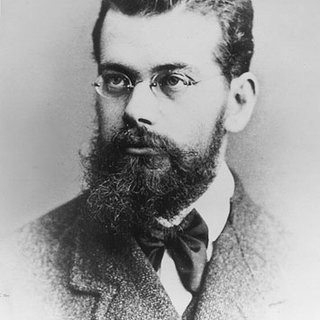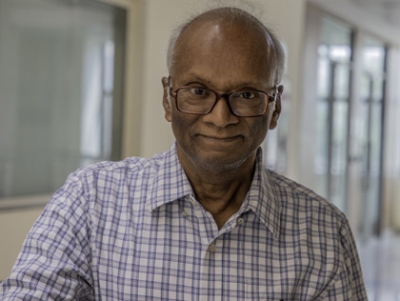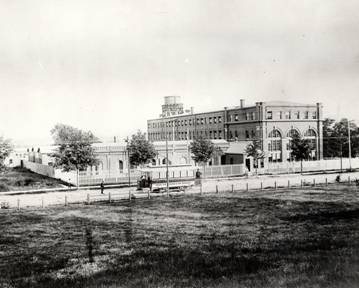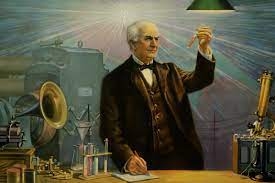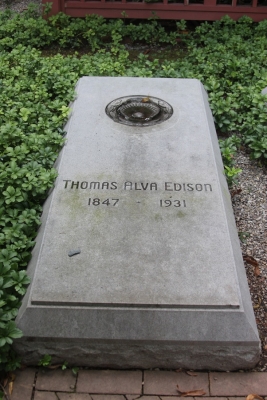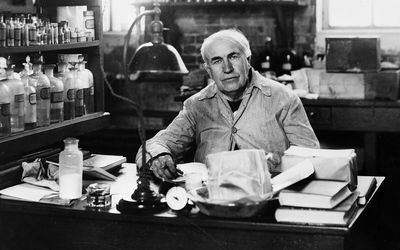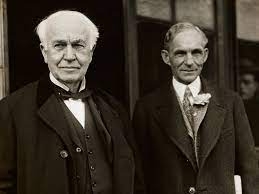Who was the J.B.S Haldane
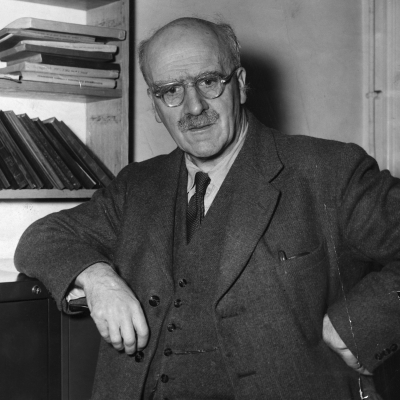
J.BS Haldane, British scientist known for his work in physiology, genetics, evolutionary biology and mathematics. J.B.S. Haldane, in full John Burdon Sanderson Haldane, (born Nov. 5, 1892, Oxford, Oxfordshire, Eng.—died Dec. 1, 1964, Bhubaneswar, India), British geneticist, biometrician, physiologist, and popularizer of science who opened new paths of research in population genetics and evolution.
Son of the noted physiologist John Scott Haldane, he began studying science as assistant to his father at the age of eight and later received formal education in the classics at Eton College and at New College, Oxford (M.A., 1914). After World War I he served as a fellow of New College and then taught at the University of Cambridge (1922–32), the University of California, Berkeley (1932), and the University of London (1933–57). Haldane’s major works include Daedalus (1924), Animal Biology (with British evolutionist Julian Huxley, 1927), The Inequality of Man (1932), The Causes of Evolution (1932), The Marxist Philosophy and the Sciences (1938), Science Advances (1947), and The Biochemistry of Genetics (1954). Selected Genetic Papers of J.B.S. Haldane, ed. by Krishna R. Dronamraju, was published in 1990.
Credit : Britannica
Picture Credit : Google
